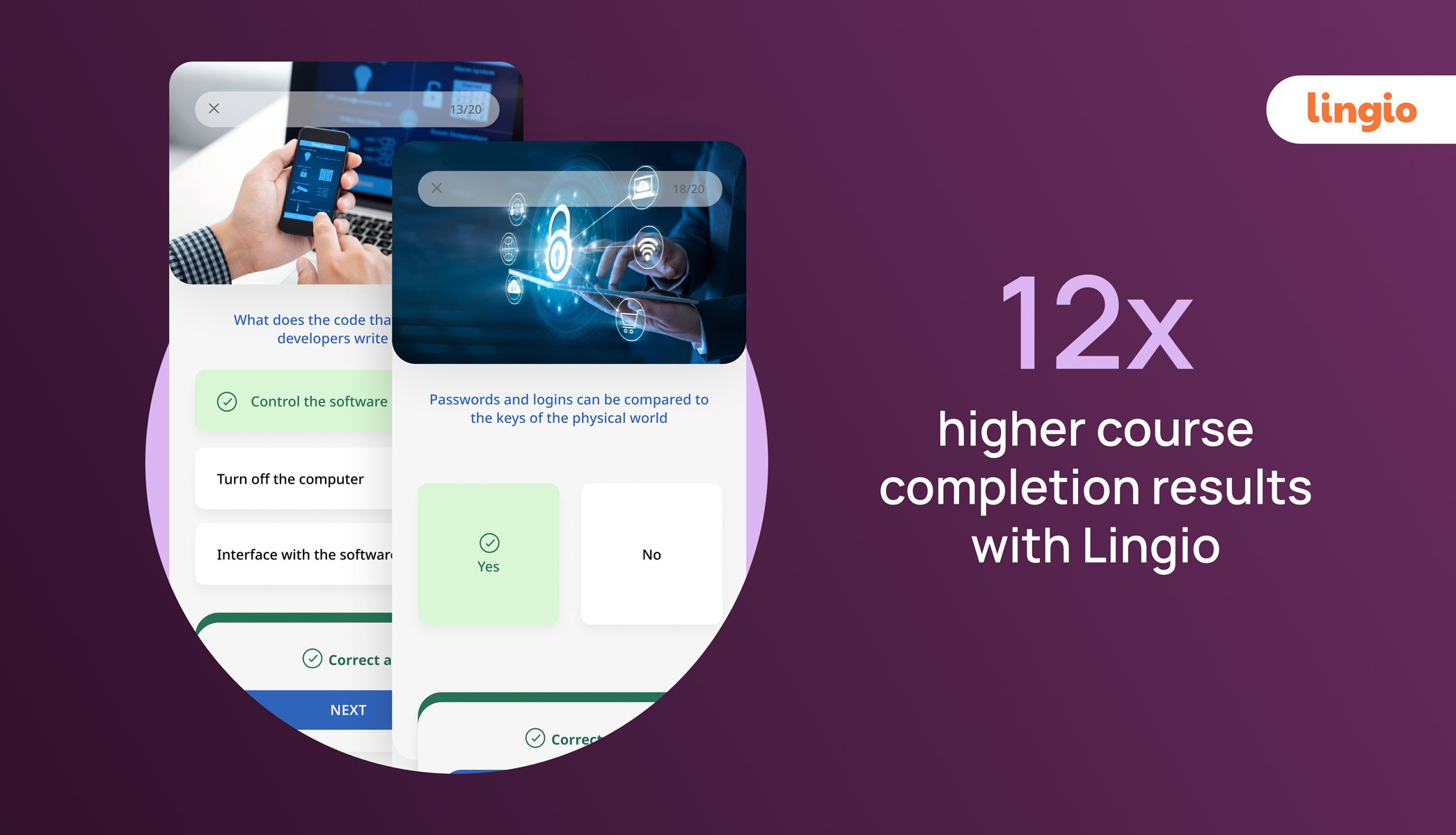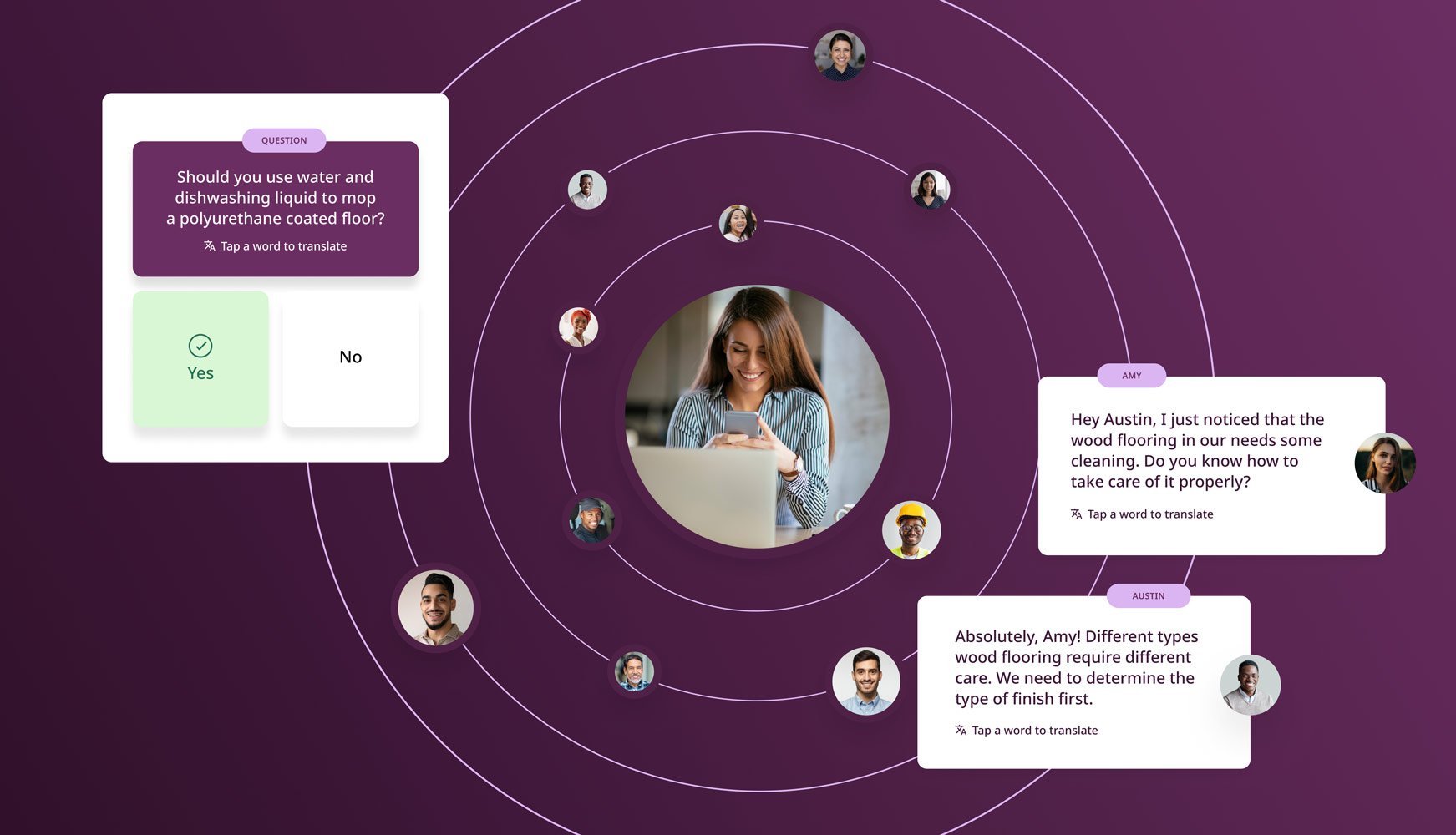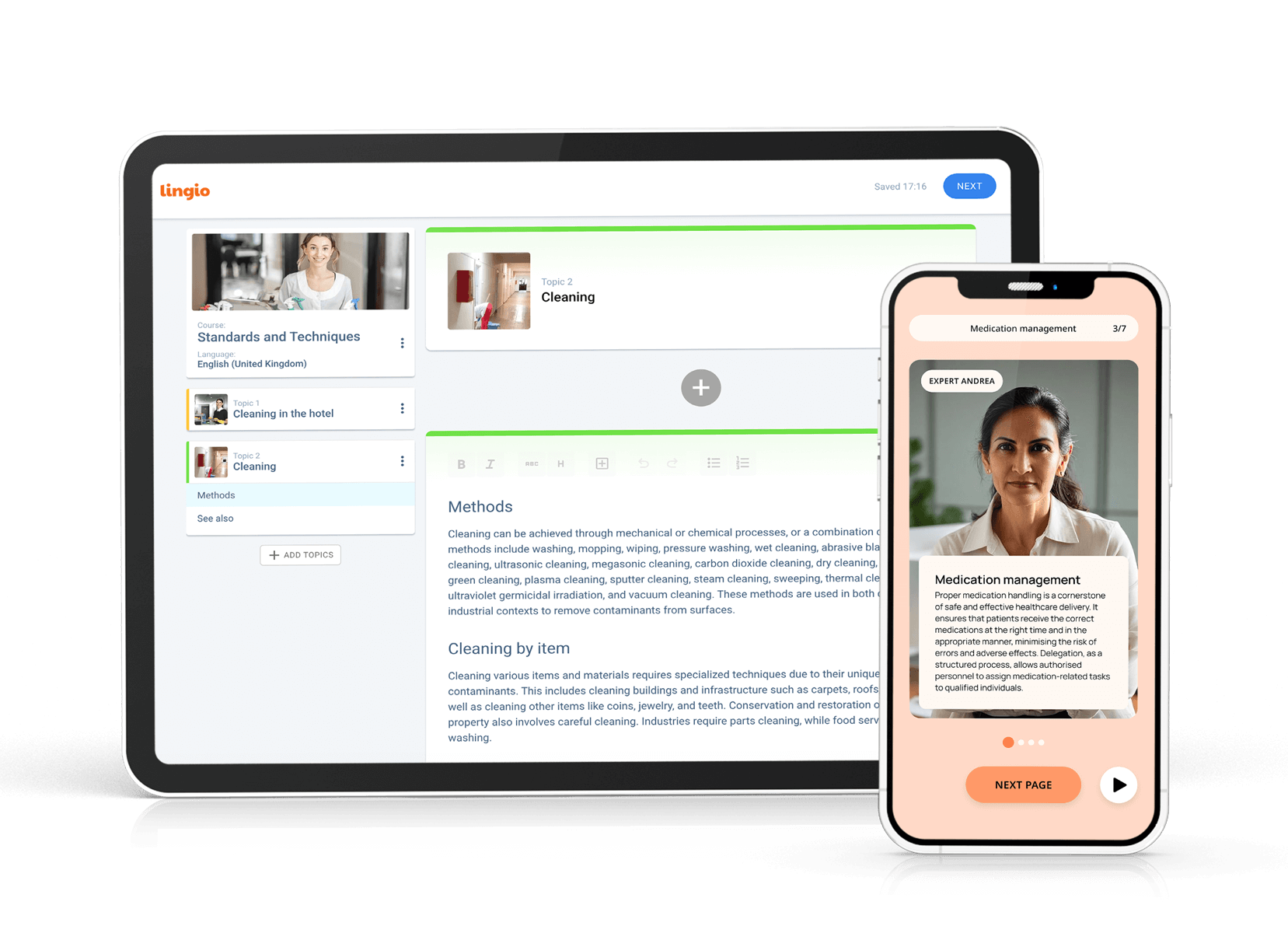Best practices of how to create training materials
Next, let’s learn how to develop training materials using some key practices, such as reviewing existing content and selecting the best learning formats.
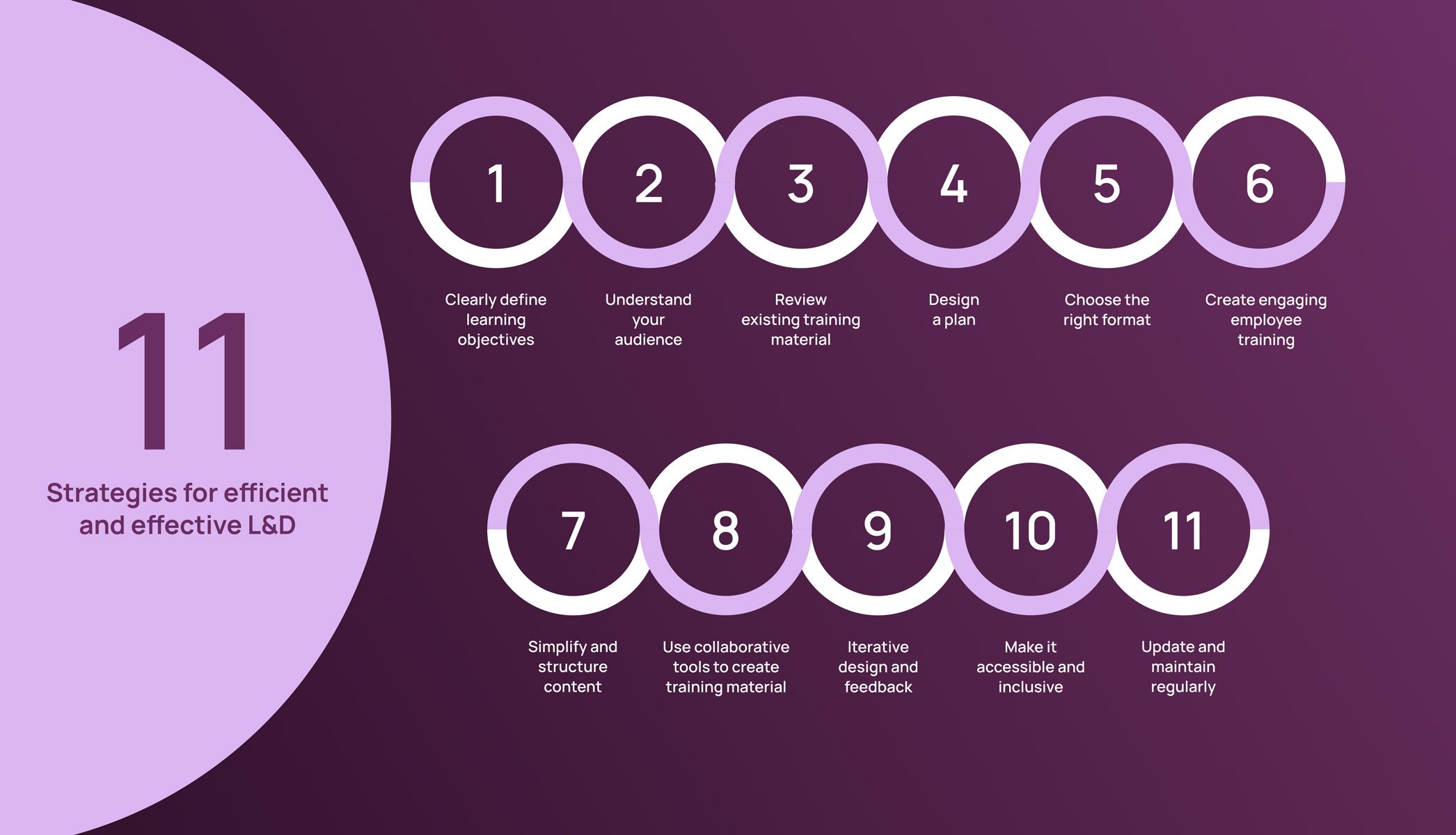
1. Clearly define learning objectives
The cornerstone of effective training materials lies in clearly defined, measurable learning objectives. These objectives act as a guiding light, ensuring the content achieves its intended educational outcomes while remaining focused and relevant.
Before diving into the employee training creation process, ask yourself:
- Who is your audience?
- What business goal does this training material support?
- Which skills gap needs bridging?
- What exactly should learners be able to do after the training?
Answering these questions provides a solid foundation for creating training material, aligning the content with specific needs and goals. By setting these clear objectives upfront, you streamline the creation process, eliminating unnecessary content and maintaining a sharp focus on what's truly important.
2. Understand your audience
A deep understanding of your audience is essential to craft solid training materials. Recognising their specific knowledge gaps, learning styles, and preferences allows you to tailor the content to suit their needs. For example, imagine you’re developing training materials for healthcare professionals with varied levels of expertise. For beginners, your materials might include clear, interactive elements and visual aids. Intermediate learners could benefit from learning about more complex topics. Advanced users might be challenged with real-life scenario applications.
This audience-centric approach ensures that each group receives training materials that resonate with their experience level and learning style. For example, visual aids like training videos aid beginners in grasping basic functionalities. Meanwhile, advanced interactive exercises for seasoned professionals keep the training as engaging and relevant as possible.
3. Review existing training material
Reviewing existing content can help you learn how to make training materials fresh. Before starting new content creation, look at what existing training materials you already have, if any. Reviewing and inventorying existing training material can uncover opportunities for reuse, repurpose, or renovation, saving time and resources. This process also helps identify any skills gaps in training that need addressing.
Look out for outdated content, any inaccuracies, or issues that may have surfaced in past training that you can easily update in good time.
To thoroughly assess the effectiveness of existing training materials, gather feedback on their performance.
Ask questions like:
- How is training currently conducted?
- What employee training materials are already in place on this topic?
- Are these training resources up-to-date and error-free?
- Were previous training efforts with this material successful?
- What could be improved?
This evaluation will inform you about the type and quality of existing training resources and provide insights into whether they’re engaging and informative enough. By scrutinising your existing materials, you can build upon them to create more compelling content in a shorter time frame.
4. Design a plan
Designing a cohesive training plan is like piecing together a jigsaw puzzle. This plan acts as a roadmap, giving you a bird’s-eye view of all training activities and how each piece contributes to the overall learning experience.
If you want to know how to design training materials, a well-devised timeline is key to an effective plan. It helps in scheduling when each piece of training will be delivered, how long development will take, and which materials need creation. Prioritise resources based on factors like training costs, time required, and quality level.
And before you dive into creating training content, pause to develop a detailed outline. This helps in organising training materials efficiently, streamlining the entire process.
A comprehensive outline is crucial as it simplifies the content creation process and organises information to serve learners best.
For example, a sales process training online course might be structured as:
- Introduction
- Sales prospecting
- Making the first call
- Tips for closing deals over the phone
- Handing customers to the implementation team
- FAQs
- Further resources
Creating an outline ensures that information is presented logically, making it easier for employees to locate specific information when needed. And remember, the way you segment information in your training materials should align with what will be most useful for your employees. The goal is to create a plan that's both comprehensive and accessible.
5. Choose the right format
Selecting the most suitable format for your content is a critical step in the training material development process. It's about what you want to cover and how best to convey this information to your audience.
Here are some examples of training materials:
- Online courses
- Knowledge base articles
- Video tutorials
- PDF guides
- Printed guidebooks
- Pamphlets
The key is matching the format with the content's nature and the audience's context. Consider where your audience will be accessing the training.
Ask questions like:
- What tools and resources will employees have at their disposal?
- What won't staff have access to?
- How much time can employees dedicate to training?
Answers to these questions can help determine whether formats like training videos, interactive exercises, or assessment strategies like quizzes are suitable.
Different topics lend themselves to various formats. Complex processes that need visual demonstration are often best served by training videos. Simpler sequences or concepts may be effectively communicated through text and imagery.
The beauty of modern training materials, especially those delivered online, is the flexibility to combine various formats. This approach allows for a richer, more engrossing, media-supported learning experience.
6. Create engaging employee training
Creating training materials that are engaging can significantly enhance learner retention and understanding.
If you want to know how to make training materials more interesting, here are some tips for infusing your manuals and courses with elements that capture and hold your audience's attention:
- Utilise storytelling: People are naturally drawn to stories. When creating training materials, try incorporating storytelling into your content to make complex concepts more relatable and memorable. Use real-world scenarios, anecdotes, or case studies to illustrate key points. This approach makes the content more exciting and helps learners see the practical application of what they're learning.
- Include visuals: The power of visual aids can’t be overstated when you develop training materials. Research suggests that about 90% of information transmitted to the brain is visual. Plus, visuals can improve learning by up to 400%. High-quality images, infographics, videos, and diagrams can break up text-heavy content and aid in information retention. When selecting visuals, ensure they’re relevant and add real value to the content. The inclusion of multimedia is especially beneficial in illustrating complex processes.
- Incorporate gamified learning elements: If you’re wondering how to create interactive training programs, gamified learning elements such as quizzes, storylines, or simulations engage learners actively, rather than passively absorbing information. These components make learning more interesting, providing immediate feedback and helping to measure and reinforce knowledge retention.
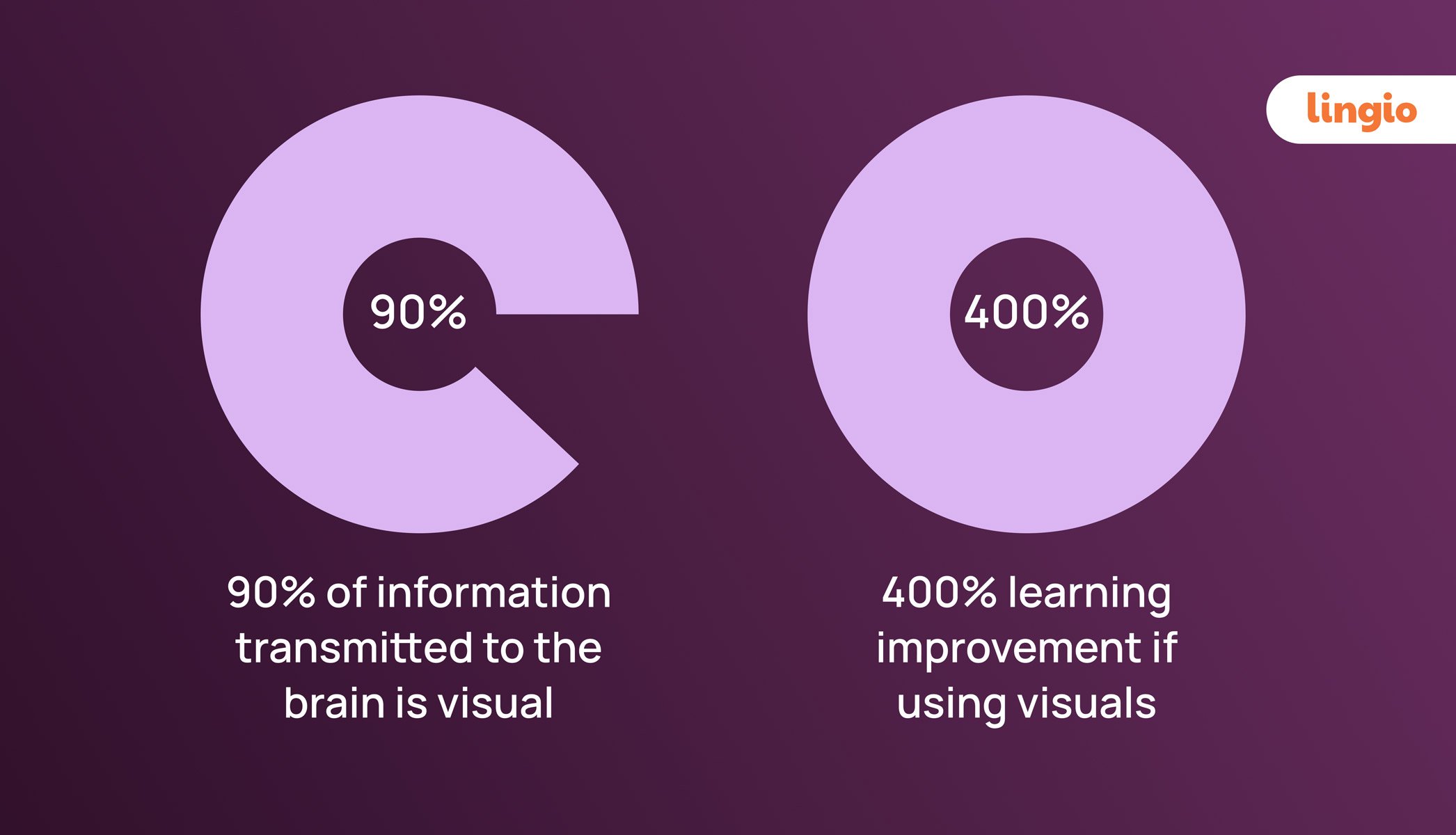
7. Simplify and structure content
Crafting and structuring training materials that are easy to consume and retain requires a strategic approach to content organisation and simplification.
If you want to know how to prepare training material, consider the following best practices:
- Segment content into manageable chunks: Break down complex processes or tasks into individual sections to develop effective training materials. This segmentation helps in avoiding information overload and makes the content more digestible.
- Organise content logically: Organise your training materials by topic or task to make the learning process efficient and straightforward. This way, learners can skip to the sections they need, especially if they’re already familiar with certain parts of the content.
- Embrace microlearning: When crafting effective training materials, try to keep your content concise and focused with microlearning formats. Microlearning is highly effective as it allows learners to quickly absorb and apply information. Learners love microlearning too, with approximately 82% of students involved in a study expressing high satisfaction in completing microlearning courses. Divide the content into micro-chapters for more extensive topics, each concentrating on a single concept or point. This structure enables learners to easily navigate the material, focusing on the areas they need most.
- Balance creativity with clarity: While keeping content engaging with elements like anecdotes or humour (where suitable) is important, focus primarily on clarity and brevity. When delivering training materials, the goal is to provide key information in a format that’s easy for learners to understand, leading to the desired learning outcome.
- Use an eLearning platform for consistency: Using a learning management system (LMS) like Lingio can streamline the creation process. They can help maintain formatting, image sizing, and overall design consistency. Plus, a learning management system often allows you to efficiently add and arrange text, images, and other elements for a professional look and feel.
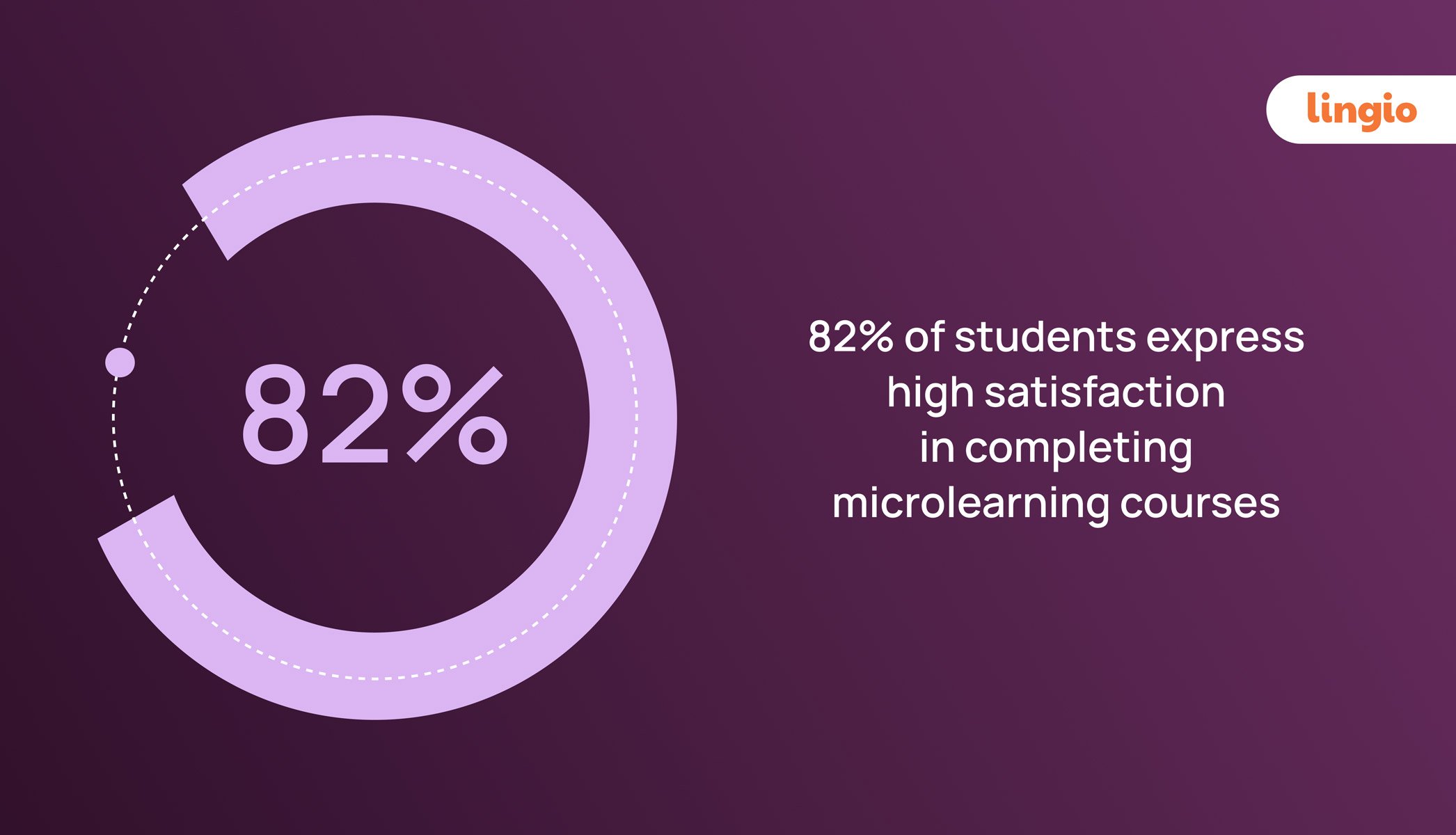 By simplifying and structuring your training content thoughtfully, you create an environment where learners can efficiently absorb and utilise the information, making your training program effective and impactful.
By simplifying and structuring your training content thoughtfully, you create an environment where learners can efficiently absorb and utilise the information, making your training program effective and impactful.
8. Use collaborative tools to create training material
Platforms like Lingio and other eLearning authoring tools transform how training content is created, shared, and improved upon.
Let's explore why integrating these tools into your process is a wise move:
- Facilitates digital content creation: Authoring tools are pivotal for creating digital training materials and converting them into eLearning formats like online courses, video lectures, and gamified exercises. If you want to know how to make interactive training material, these tools simplify the process of crafting engaging content, making it more accessible and user-friendly.
- Enhances collaboration and feedback: Collaborative platforms allow multiple contributors to work together seamlessly. With features like Lingio’s coaching portal, managers can mentor, track, and follow up with employees.
- Improves engagement and interactivity: A powerful learning management system enables instructors to develop dynamic online courses, quizzes, and assessments, which can significantly enhance the learning experience.
- Saves time and resources: Using these technologies can reduce the time and effort required to create course materials. This efficiency allows you to focus more on achieving the desired learning outcomes and less on the logistical aspects of content creation.
Incorporating collaborative tools when developing and building training materials is a strategic move towards efficiency, engagement, and effectiveness. These tools make the development process smoother while ensuring that the end product is high quality, engaging, and tailored to the needs of the learners.
9. Iterative design and feedback
Embracing an iterative design approach and incorporating feedback are important when developing training materials. This process may involve pilot testing, reviewing, and refining content.
- Pilot test: Conducting pilot tests with a small group of participants is a good idea. This step allows you to assess the effectiveness of the content, ensuring that it meets the training objectives and it's clear, concise, and interesting. Pilot testing helps identify and resolve issues before the training program is fully launched, saving time and resources.
- Engage stakeholders in the review process: Involving stakeholders in the review process is a good idea for ensuring the quality of your training materials. They can provide a fresh perspective, evaluate design elements, and pinpoint training gaps or areas needing revision. This collaborative approach ensures that the final product is well-rounded and meets the expectations of all parties involved.
- Gather feedback: Seek feedback from a varied group of testers across different departments or areas of expertise. This diversity brings in a wide range of perspectives, offering insights you might not have considered. Testing the content with diverse groups of people highlights issues like unclear language or information overload.
By following an iterative design process and valuing feedback, you can build training materials that are informative and resonate with the needs and preferences of your audience. This approach leads to training material that’s continuously refined and optimised for maximum impact and effectiveness.
10. Make it accessible and inclusive
Create interactive, effective training material that’s accessible and inclusive for powerful learning for all. It's a good idea to aim for clarity by writing at a 7th to 8th-grade reading level, using language that’s easy to understand while incorporating necessary jargon where appropriate. Remember, the goal is to inform and facilitate learning, not to showcase complex vocabulary.
It's also important to acknowledge and cater to the diverse needs of your learners. Teams may be spread across different time zones, possess varying skill sets, and have different roles. Offering flexible, self-paced, mobile-based training material allows each learner to engage with the material in a way that suits their schedule and learning style. This approach cultivates a more inclusive learning environment and boosts learner engagement and motivation. By making your training materials accessible and adaptable to a wide range of learners, you maximise the effectiveness and impact of your training program.
11. Update and maintain regularly
Developing training materials isn’t just a one-time event but an ongoing journey of refinement and improvement. Regular updates are crucial to ensure the content remains relevant, accurate, and effective. Even minor improvements can make a significant difference.
Take time to review your materials periodically. Could a sentence be clarified? Is there a more recent screenshot that could be more illustrative? Is there a fresh resource that could be linked?
Such updates enhance the quality of your training manual templates and material and streamline your future content development process. Getting into the habit of continuous improvement ensures that your training materials evolve with your audience’s needs and the ever-changing industry standards.
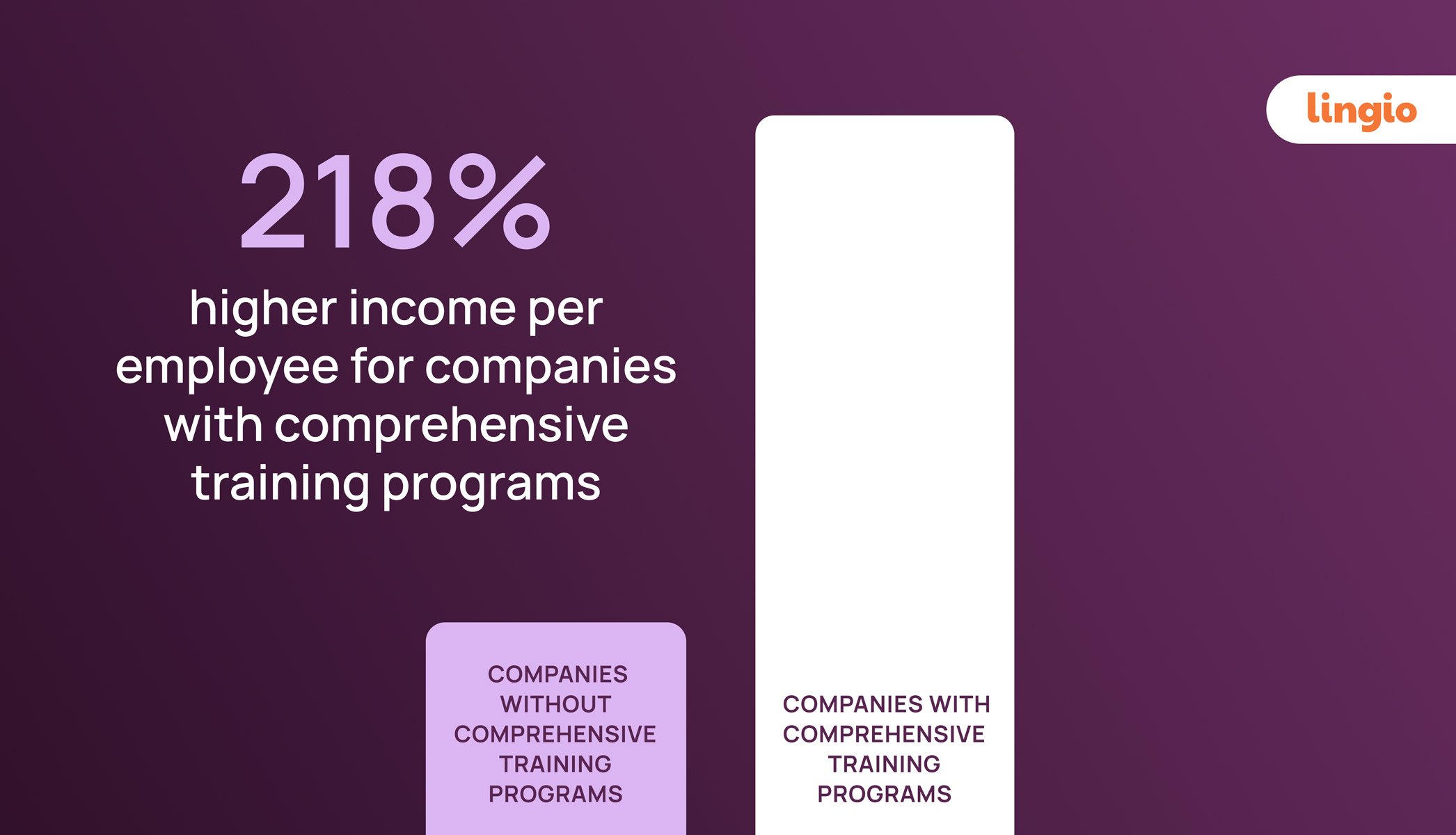




 By simplifying and structuring your training content thoughtfully, you create an environment where learners can efficiently absorb and utilise the information, making your training program effective and impactful.
By simplifying and structuring your training content thoughtfully, you create an environment where learners can efficiently absorb and utilise the information, making your training program effective and impactful.